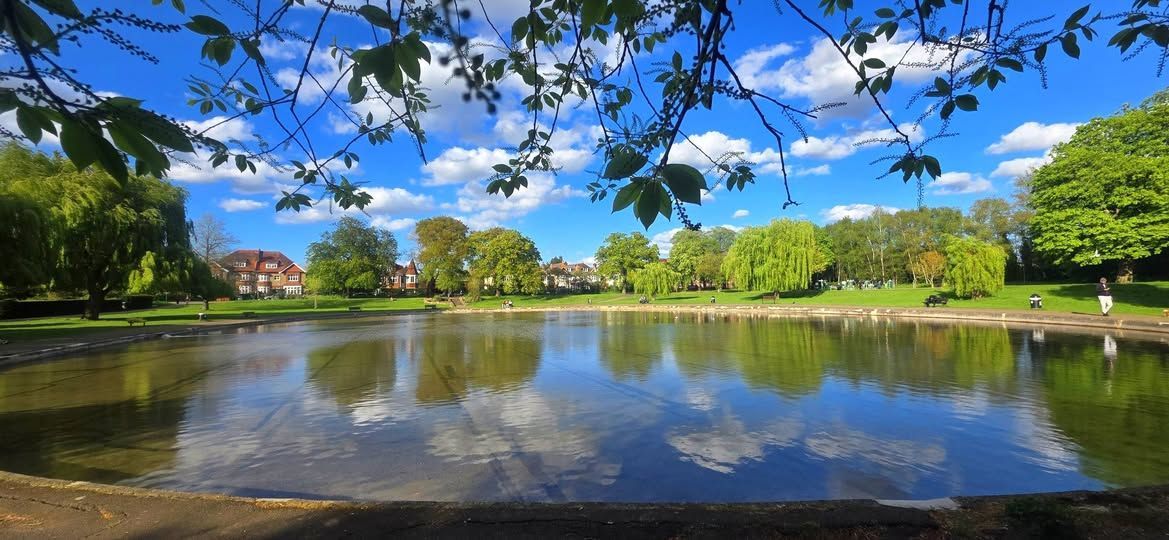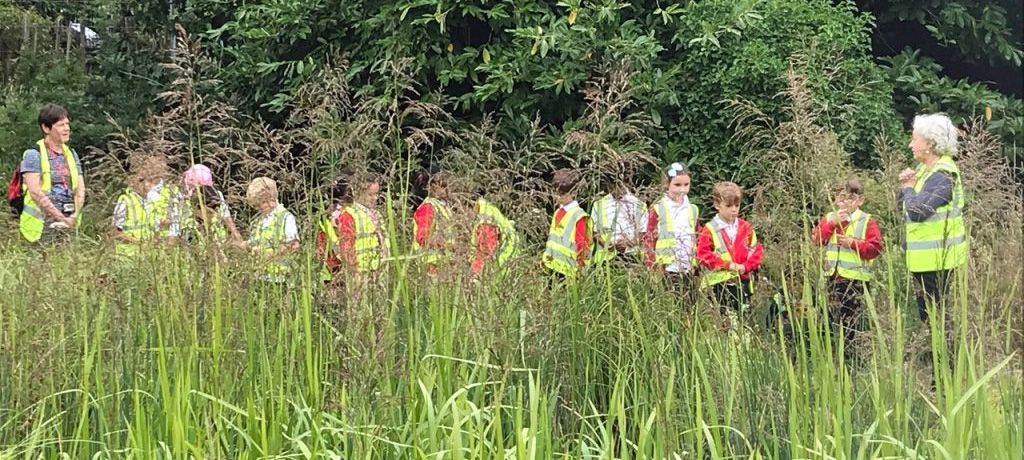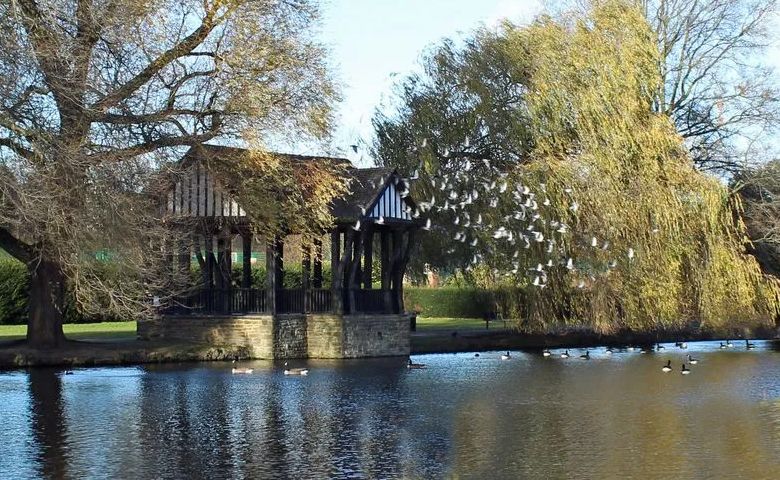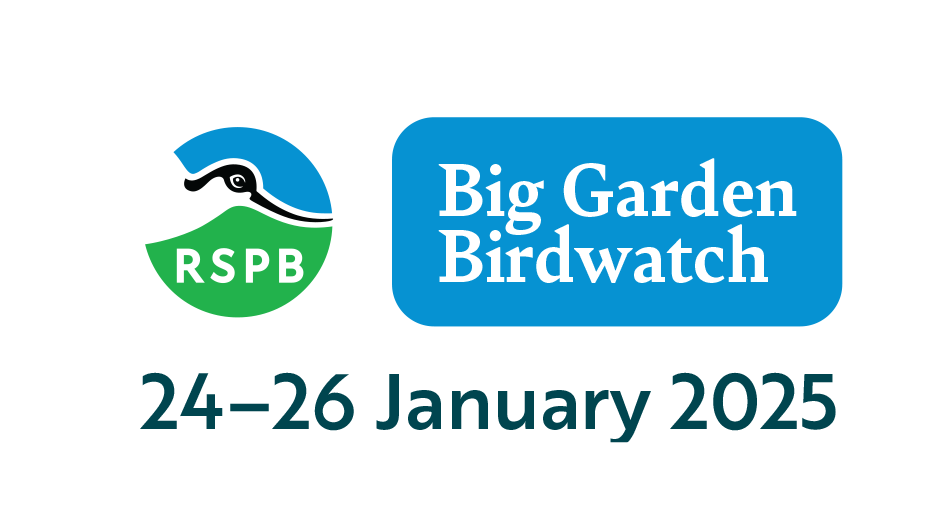What's the latest on the Model Boating Pond?
Its been a long time, but things are happening on the Boating Pond... let's hope they get resolved soon....
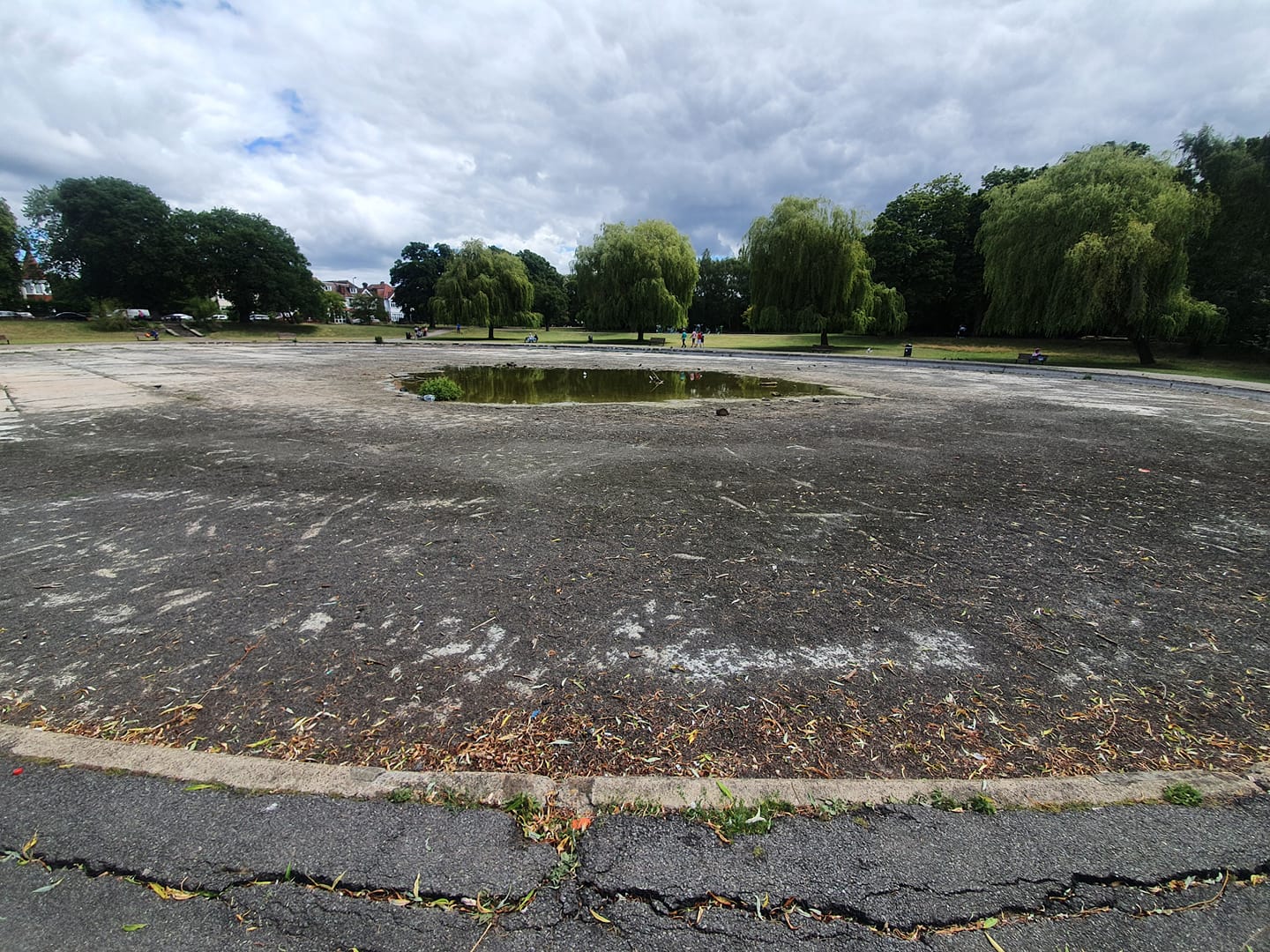
Last year we saw a lot of Algae growing in the Boating Pond. The pond was drained over the winter, but work has been going on to help get the pond back again.
The most recent news
is that the pond is about to be swept using a special machine. There have been calls to get a group of volunteers together to do it, but proper safe methods of collection and disposal would be the most appropriate action. We may still need some volunteers to help finish the job, but we hope that the lion's share can be done mechanically soon. Once the pond is clear we can install barley Bails which will help reduce algae growth in future.
Drainage contractors have carried out CCTV analysis of the supply and drainage pipe systems to the boating pond and tested the pump at the fresh water well bore hole.
Marcus Harvey of Enfield Council says: " The water supply pump has been investigated, it is very aged infrastructure and does not appear to be functioning. We have been ruling out the reasons for this one by one. Including blockages on the line, the working of the pump itself and the absence of reliable ground water in the well. Due to a lot of remaining uncertainty regarding this asset and potential spiralling costs we are now exploring other means of providing water input into the boating pond."
Also just yesterday (5 August 2020) Cllr Yasemin Brett, who had picked up the baton in response to the number of concerns raised on the FoBP Facebook Group, had a reply from Graham Campbell from Enfield Council who wrote:
Dear Cllr Brett
I am responding to the MEQ as reference above in relation to the following:
“Considerable complaints about the Algae choking off Wildlife in Broomfield Park. When will the lakes be cleaned and the boating pond reinstated?”
Response:
The cause of the algae and duckweed in the waterbodies in Broomfield Park (the lakes and the new wetlands) is due to high nutrient loading of the inflows into these water bodies. As part of the wetland creation project at Broomfield Park we have been carrying out water quality monitoring of the surface water flows alongside our delivery partner Thames21. It was found that the readings for nitrogen and phosphate were classed as “poor” (according to Water Framework Directive (WFD) values), and at levels which would cause algal blooms. It seems that on the boating pond we are seeing a process known as eutrophication, with algal blooms becoming more pronounced in the summer.
The source of these nutrients in the catchment is likely to be misconnections from the foul network to the surface water in the catchment, this is an issue that Thames Water are aware of in the upstream catchment. A plus point to consider is that the readings for the same nutrients (nitrogen and phosphate) are much lower at the outfall of the wetlands, indicating that they appear to be functioning in respect to reducing nutrient loads. However at the wetlands are downstream of the lakes this does not solve the problem directly (just more generally for the water flowing onwards to Pymmes Brook).
For the lakes to be meaningfully “cleaned” they would need to be desilted. This would carry a high cost and is not a job that I am aware of being programmed at this point.
.......
Kind regards
Graham Campbell
Senior Engineer - Watercourses
Environment & Operational Services
davidartwilliamson • August 5, 2020



